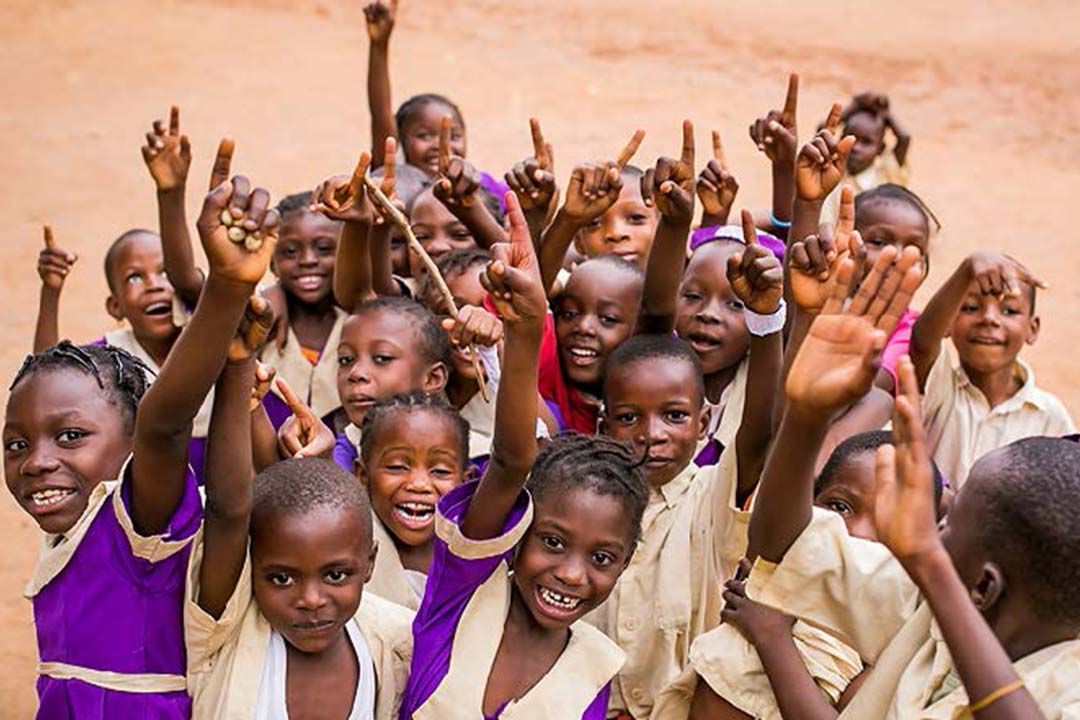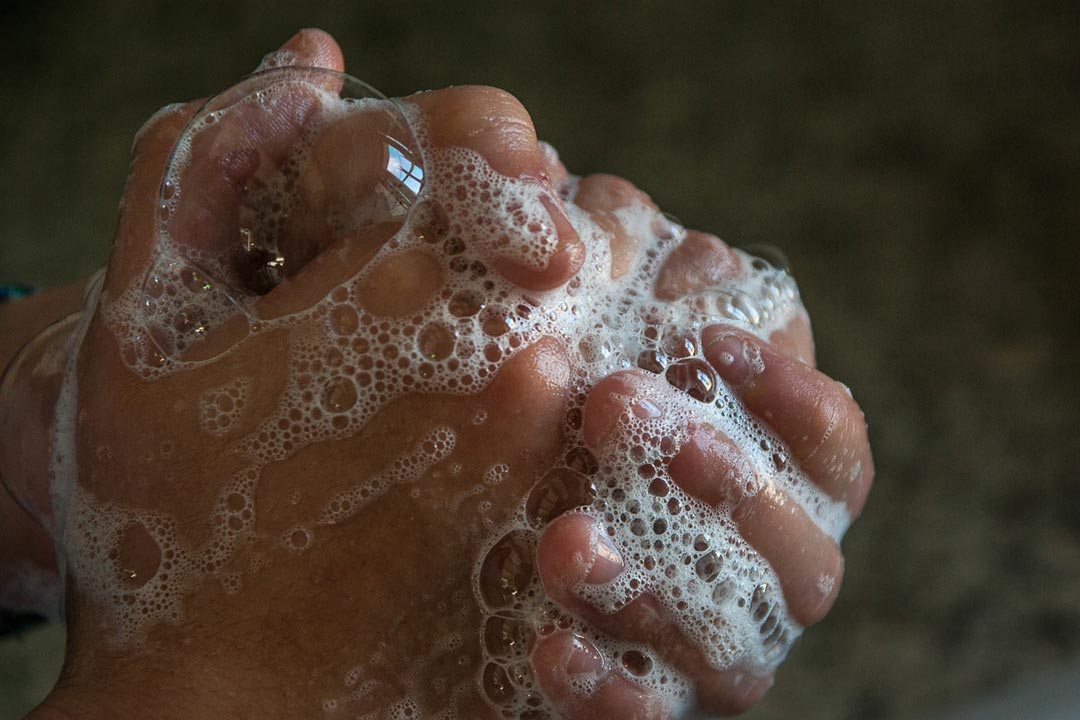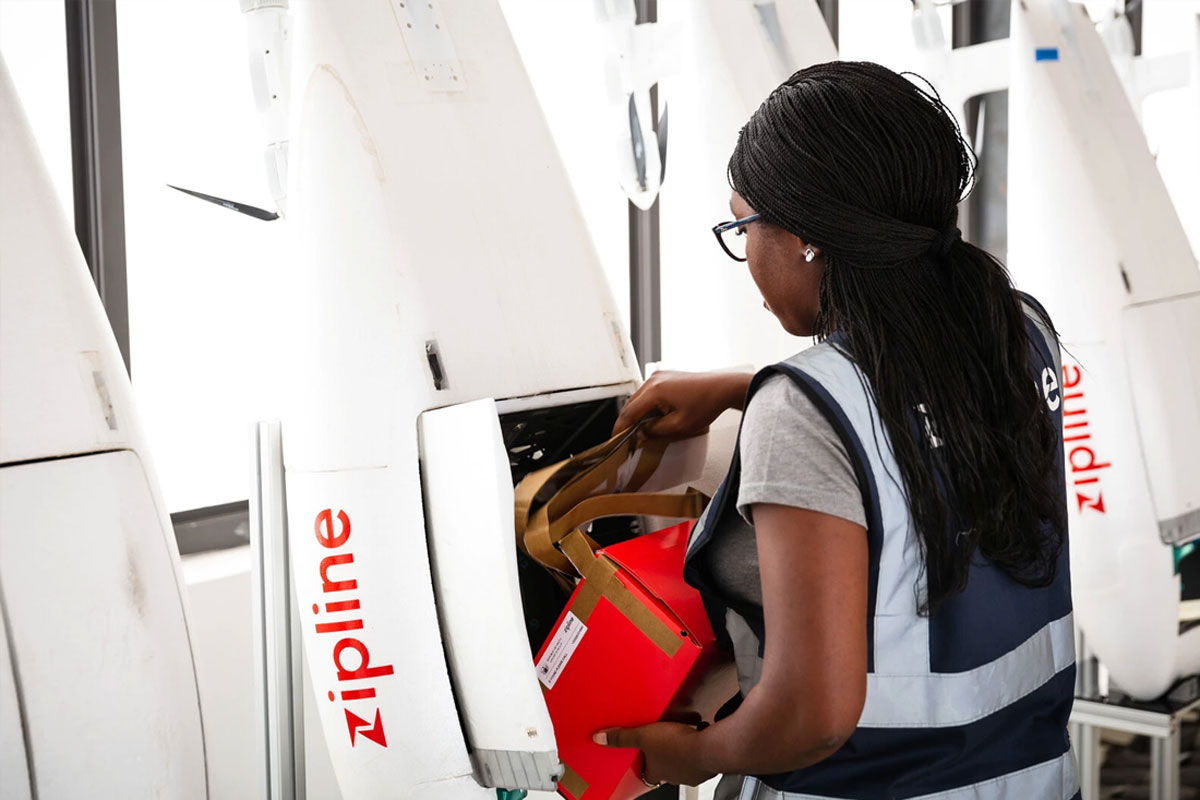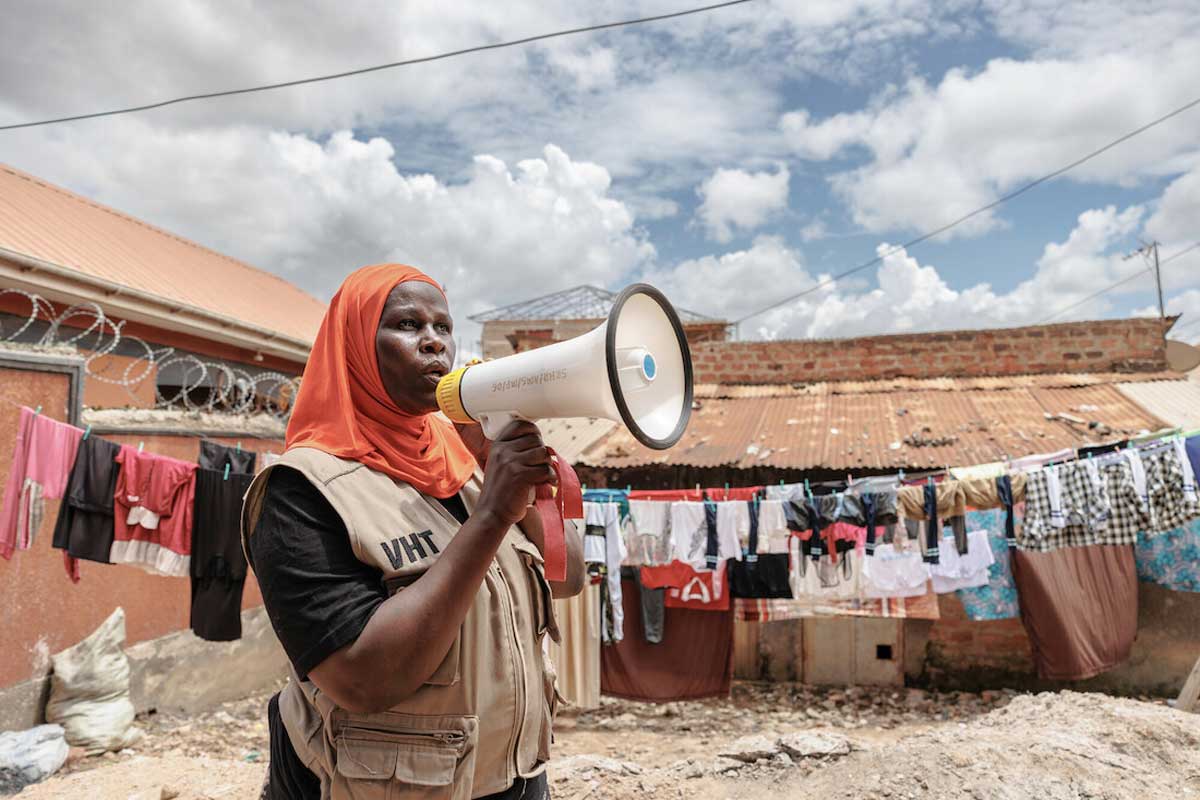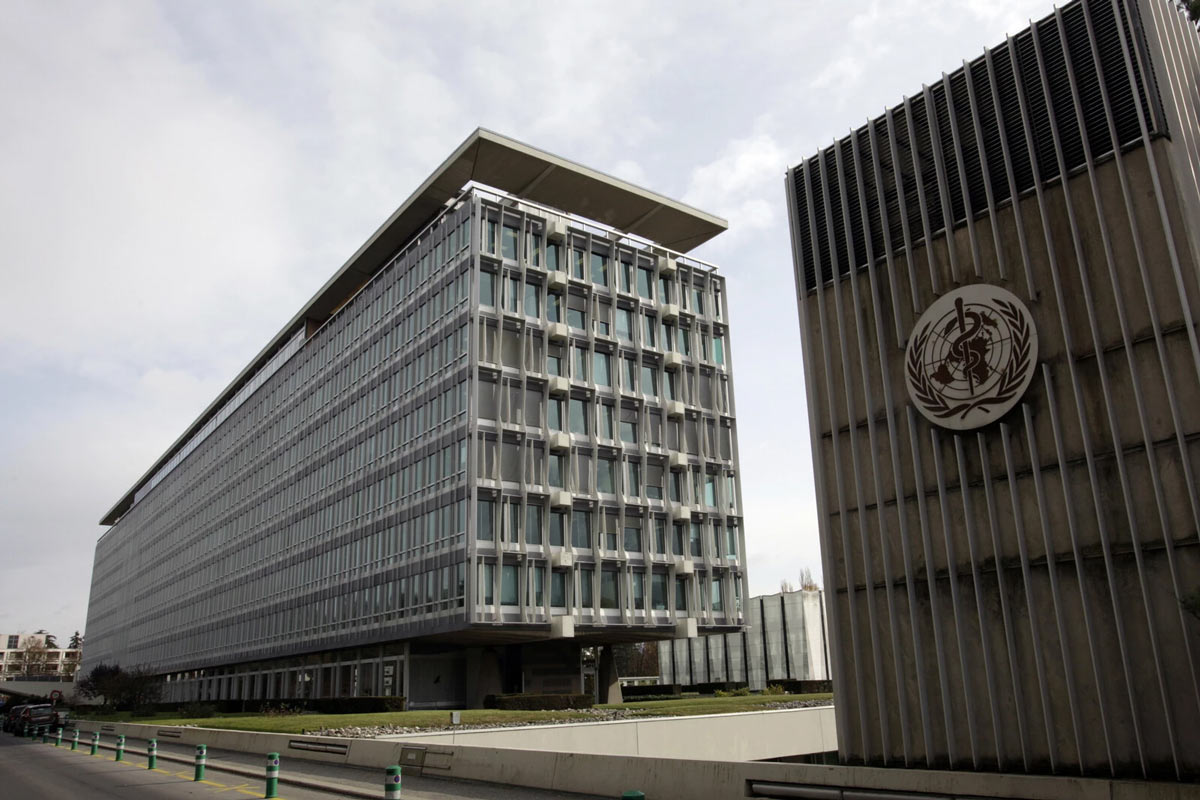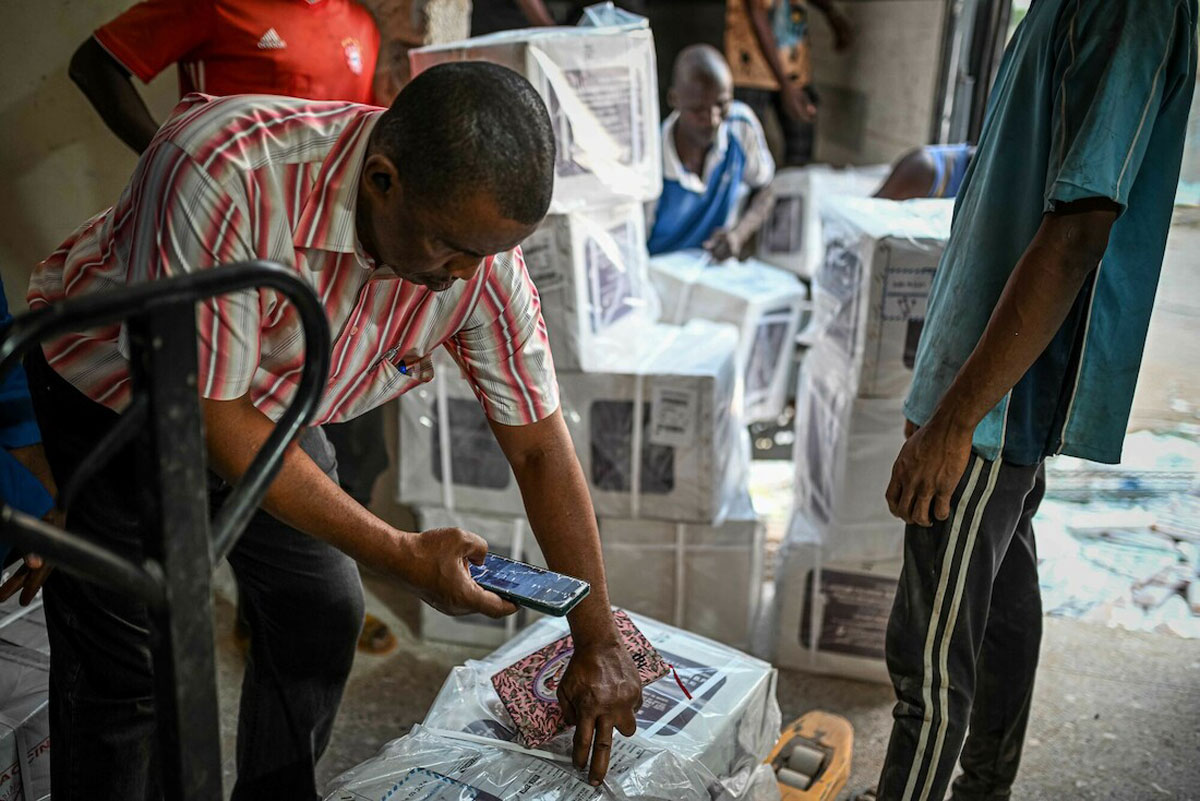Digitally empowered community health workers are boosting vaccination rates in Kenya and Uganda
Equipping community health workers with digital immunisation records has increased vaccination rates and reduced the numbers of zero-dose children.
- 5 May 2023
- 4 min read
- by Edward Brydon
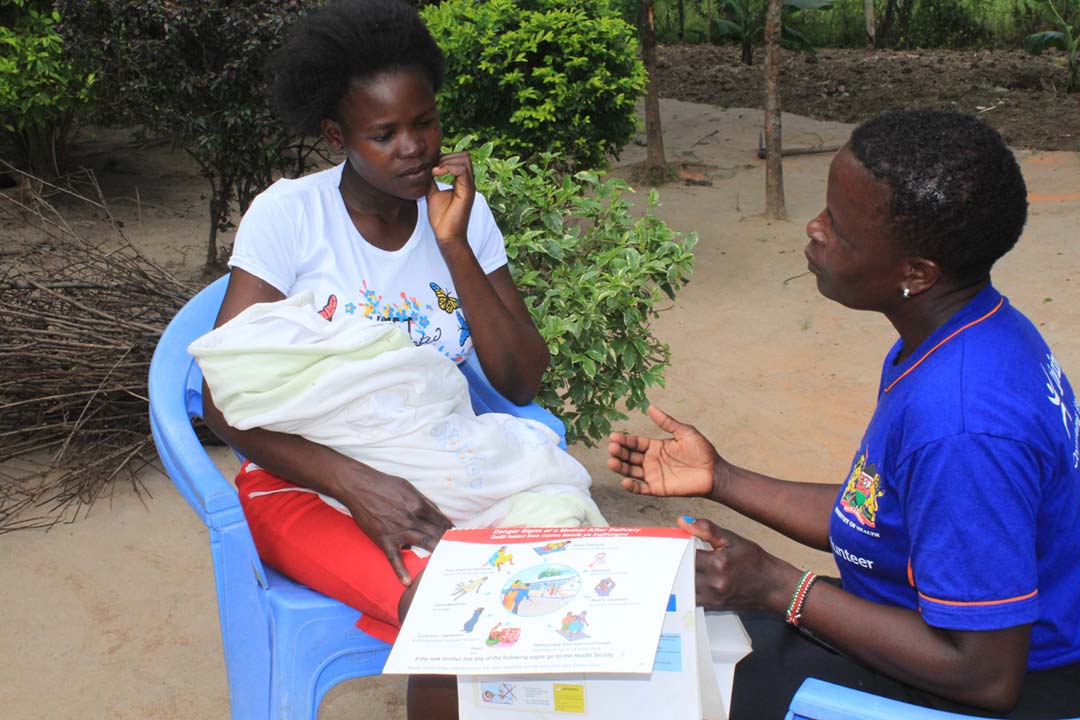
On his daily walks, William Ouma, a community health worker (CHW) in Busia County, Kenya, might visit 50 people or more to follow up with them about their health. In total, he serves 196 households with almost 1,125 people.
His work has been made faster and easier through a digitally-empowered community health programme provided by Living Goods, with training and support from Gavi.
“I think the most important outcome has been really reaching the children who had never received any vaccines and also reaching the zero-dose, meaning those children are now vaccinated. If immunisation had not been integrated into the child health workflow, we would have still probably missed those children.”
– Dr Kezia K’Oduol
How digitisation has helped support community health
Ouma is just one of the 12,000 CHWs supported by the programme across Kenya and Uganda, with around 800 working in Busia County alone.
When Ouma visits a household, he opens the SmartHealth app on his phone to see the family's health records. There is a checklist of things to go through and reminders of what to discuss – including how to check for and diagnose symptoms of childhood illnesses like malaria, diarrhoea and pneumonia, as well as treatment options.
Importantly, the app integrates each child's immunisation status, making it easier for CHWs to check if a child has been vaccinated and provide information to families. Before this, vaccination wasn't frequently discussed during visits, according to Dr Kezia K'Oduol, Global Director of Health for Living Goods. Vaccination coverage was low, despite the fact that the CHWs were following up with 80–90% of children in their community each month. Integrating immunisation status into a single health workflow means that around 97% of children are now being assessed for both immunisation and sickness.
Have you read?
This is especially helpful for preventing vaccine default, where a child has started but not finished their schedule of routine immunisations (known as 'undervaccination').
"The phone informs me to go and follow up with my client so that I can remind them to go for a vaccine. In this way it has made it easier and reduced the number of defaulters," says Ouma.
The positive impact of digitisation on immunisation
Since the programme started in 2018, vaccination rates have increased substantially in areas where Living Goods works. By 2021, 74% of children aged 12–23 months were fully vaccinated in Kenya, up from 43.9% in the 2019 baseline survey, an increase of 69%. In Uganda, coverage increased by 36% percent from 50 to 67.9% of children fully vaccinated.
There have also been significant reductions in the numbers of zero-dose children under five years old. In Kenya the percentage of zero-dose children fell from 5.2 to 0.7%, while in Uganda the percentage of zero-dose children reduced by 47% from 13.2 to 7%.
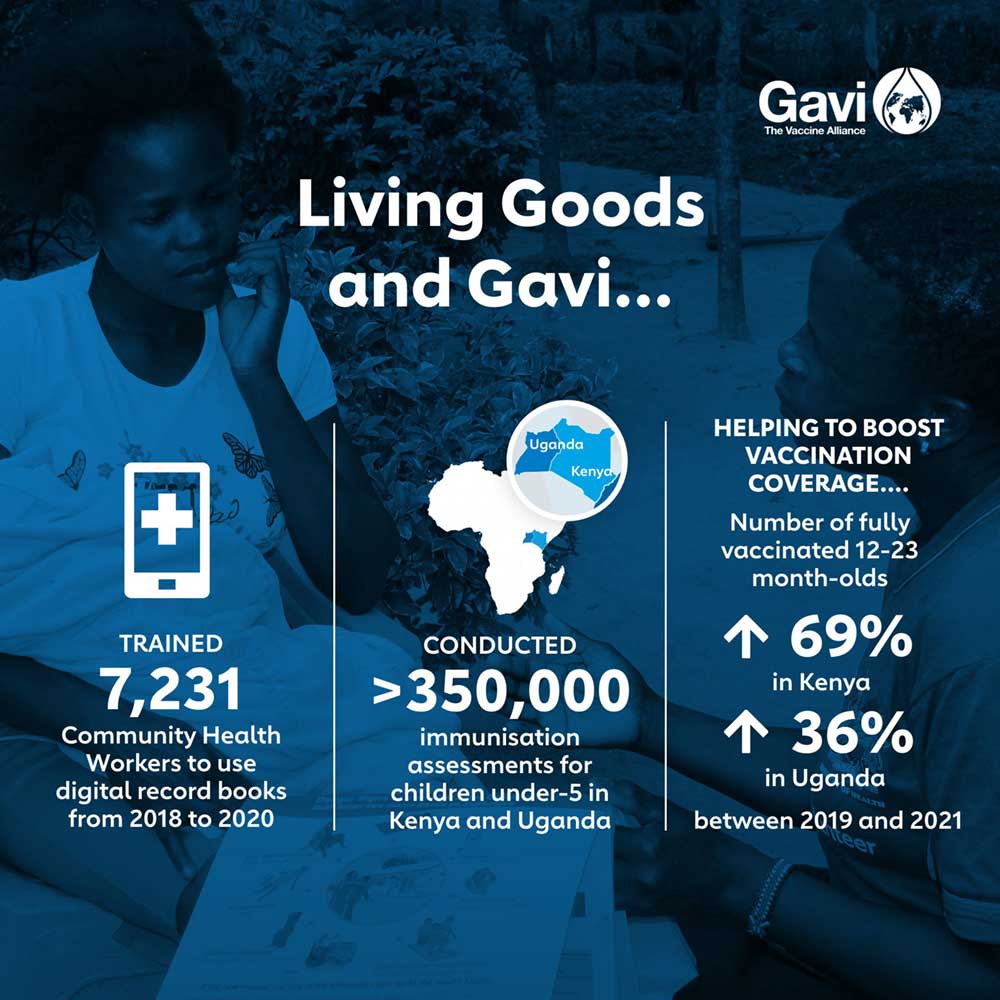
"I think the most important outcome has been really reaching the children who had never received any vaccines and also reaching the zero-dose, meaning those children are now vaccinated. If immunisation had not been integrated into the child health workflow, we would have still probably missed those children," says K'Oduol.
Strengthening partnerships to leave no child unvaccinated
The support from Gavi has also had a wider impact, by strengthening the working partnerships between Living Goods and the Ministries of Health in Kenya and Uganda.
"We're working more and more with the sub-national governments to increase immunisation coverage in the areas that we serve, but are also more involved at a national level such as developing information, education and communication materials for the pilot malaria vaccine in Kenya," says K'Oduol.
As the first point of health services for hard to reach or underserved communities, community health workers will be key to reaching the remaining zero-dose children, according to K'Oduol.
"I really believe if the CHWs are well supported, we can reach 100% coverage," says K'Oduol.
